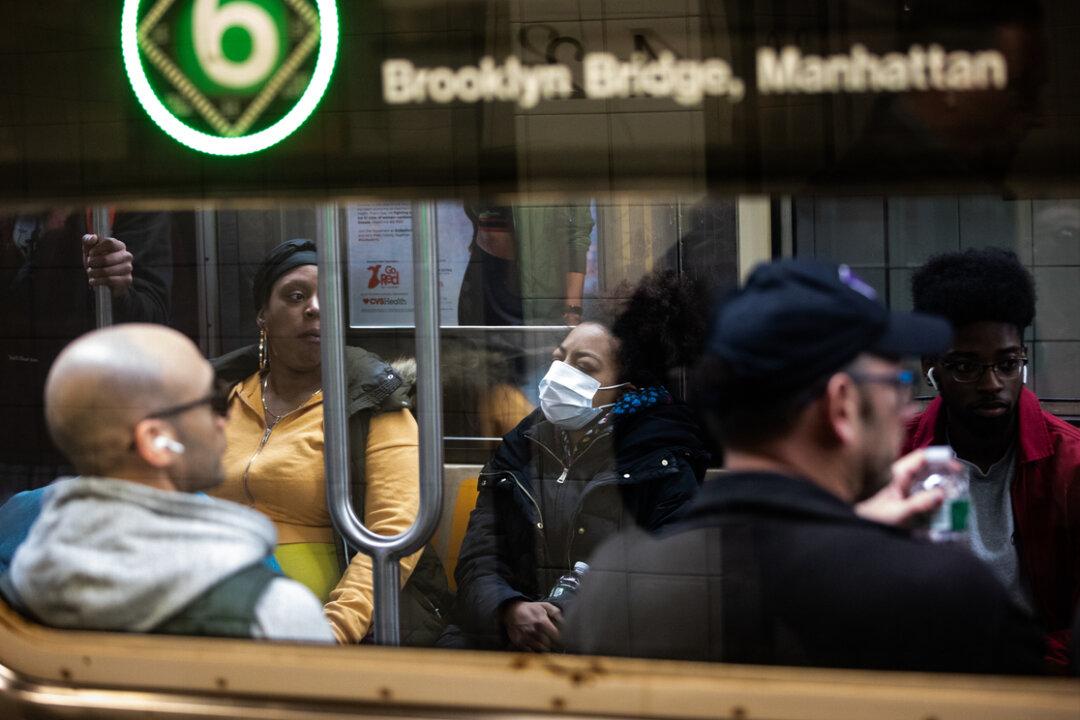Infectious disease specialists and health experts say that while the number of cases of the new coronavirus will likely continue to grow in the United States, the current case fatality rate appears to be an overestimation.
Cases of the virus have jumped over the past few days, now with more than 1,000 confirmed across the United States, according to data compiled by the Center for Systems Science and Engineering (CSSE) at John Hopkins University. As of this writing, there have been at least 32 coronavirus-linked deaths.





